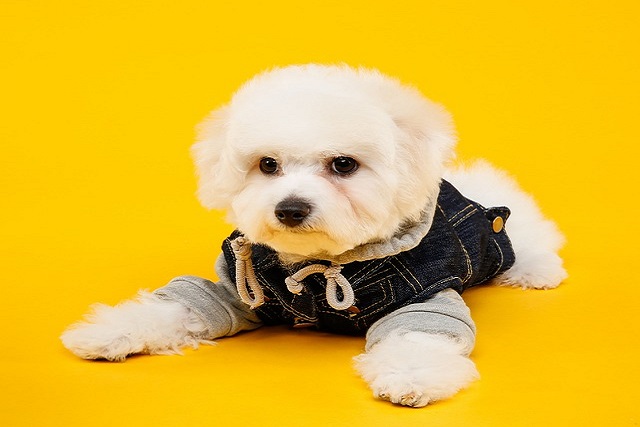
How do i train my dog to be obedient?
Watching your dog dart across the park ignoring your calls isn’t just frustrating—it can put them at risk near busy streets or public spaces.
You’ve read all the articles, stocked up on premium treats, and patiently clicked and rewarded your new rescue pup, Charlie. Yet, when the UPS truck rumbles down your Austin street, Charlie completely ignores your chicken bits, barking and lunging like his life depends on it. Frustration sets in. "Does positive reinforcement just not work for some dogs?" It’s a common question, especially when facing real-world chaos. While positive reinforcement is the foundation of modern, ethical dog training laws and recommended by behaviorists, its application can hit snags – rarely because the dog is "stubborn," but often due to factors we can fix.
Think of it like this: all dogs learn through consequences. Positive reinforcement strengthens behaviors by adding something desirable immediately after the action. But if Charlie is over threshold – utterly terrified or hyper-aroused by that truck – his brain literally can't process the treat. The scary thing is just too overwhelming. This isn't rejection of learning; it's neuroscience. His survival brain has taken over. Similarly, a dog uninterested in the treats you’re offering might find the thrill of chasing a squirrel far more rewarding in that moment. It’s about motivation level and competing rewards, not an inability to learn positively.
So, what’s the game plan for seemingly "unresponsive" dogs like Charlie? First, rule out medical issues – pain or discomfort can sabotage training. Next, become a treat detective. Kibble might work in your quiet living room, but outside, you need the big guns: real meat, cheese, or special toys. Find Charlie’s currency. Then, manage the environment strategically. If trucks trigger him, practice apartment dog training skills further from the street initially. Reward calm behavior before the trigger appears. Gradually decrease distance only when he stays under threshold. For the squirrel chaser, practice rock-solid recall in your fenced backyard with irresistible rewards before attempting it at the busy community park where leash regulations strictly apply. Remember, failing to pick up after your dog in these shared spaces isn't just rude; it violates local ordinances and can land you a fine – keeping waste bags handy is non-negotiable.

This approach aligns perfectly with both ethical standards and community expectations across the US and EU. Resorting to yelling, leash jerks, or shock collars might suppress behavior momentarily, but it risks creating fear-based aggression or anxiety – especially problematic in dense apartment complexes where noise carries and close encounters are frequent. Modern animal welfare standards and many local ordinances increasingly frown upon or even prohibit such methods. Instead, focus on setting your dog up for success: use high-value rewards, practice in low-distraction settings first (your apartment hallway is a great start!), and celebrate small wins. If Charlie sits calmly before reacting to a distant noise, jackpot that!
The truth is, virtually all dogs can learn through positive reinforcement. The challenge often lies in our timing, the value of our reward compared to the distraction, and ensuring the dog is calm enough to learn. It requires patience and adaptation, not force. By understanding your dog's unique motivators and triggers, respecting local laws like vaccinations (rabies shots are mandatory nearly everywhere!) and scooping duties, and embracing force-free methods, you build trust. This fosters a well-mannered companion who fits safely and happily into neighborhood life – whether navigating elevator etiquette in your Chicago high-rise or passing calmly by playgrounds on leashed walks.

Watching your dog dart across the park ignoring your calls isn’t just frustrating—it can put them at risk near busy streets or public spaces.

New puppy owners often find themselves rushing to clean up accidents before they set in, and that’s where puppy pad training becomes a game-changer.

If you've noticed your dog's waistline disappearing and your veterinarian has mentioned those few extra pounds, your first instinct might be to simply reduce the amount of food in their bowl.

Training a dog to use a designated spot indoors isn’t as daunting as many new owners fear, but it does take consistency and an understanding of your pet’s needs.

That moment of dread on a walk is all too familiar for many new dog owners. You see another dog approaching down the sidewalk of your neighborhood

If the sight of another dog on your neighborhood walk makes your heart sink as your own dog erupts into a frenzy of barking and lunging, you're not alone.